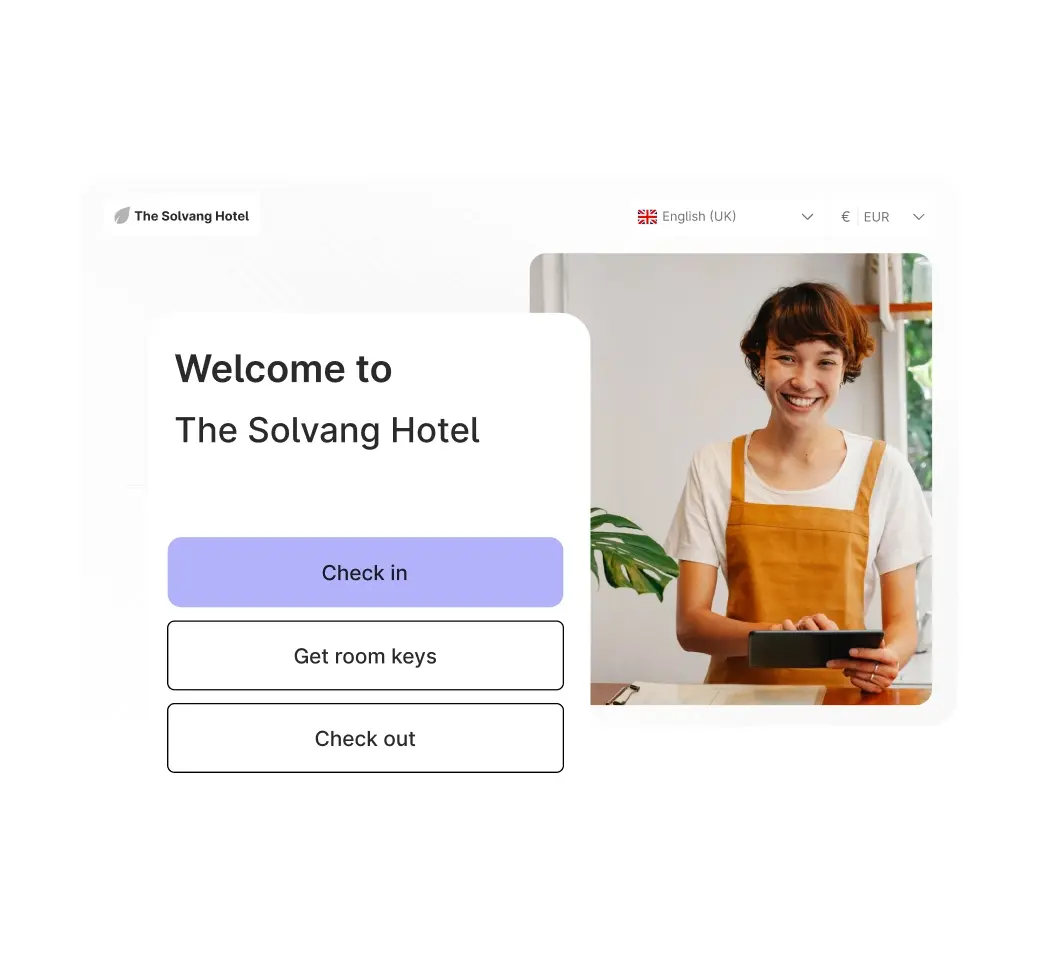Digital ordering
Empower guests
with online ordering
Make ordering and paying more convenient for guests and staff. In just a few clicks on their phones, guests can order and pay for their food and drink from anywhere via a QR code.


.webp?width=519&height=519&name=Digital%20ordering%20render%20indigo%20EN%20(1).webp)

